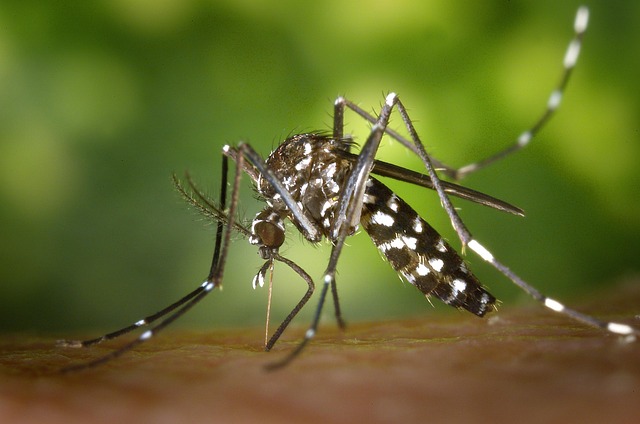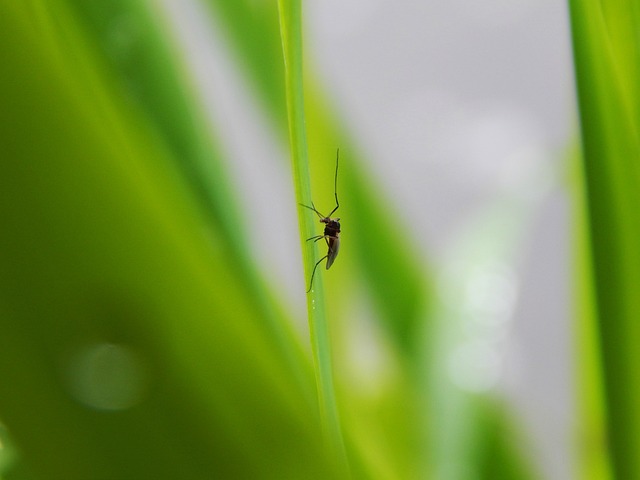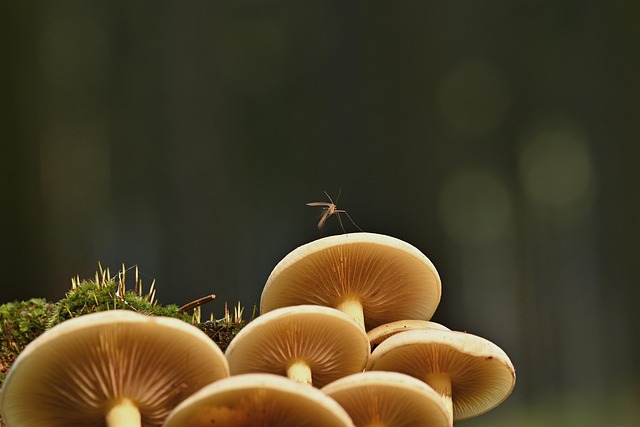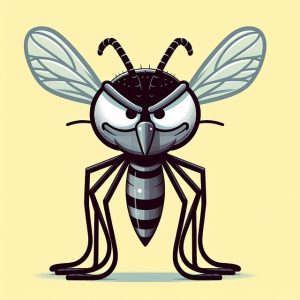Understanding mosquito and tick behavior is key to effective mosquito and tick control. Key strategies include eliminating standing water, maintaining landscaping, sealing entry points, using natural repellents, applying chemical treatments (sprays, traps), and adopting targeted, seasonal approaches. Prioritize safety for children and pets when choosing any control method. A comprehensive mosquito and tick control strategy combines these tactics for a comfortable outdoor experience.
“Keep your yard comfortable and mosquito-free with our comprehensive guide to effective yard mosquito treatments. Understanding the behavior of mosquitoes and ticks is key, leading you to know where to look for these pests. We explore natural repellents, from planting protective herbs to chemical treatments like sprays and traps.
Learn about targeted fogging, bombing, and professional services, as well as preventative landscaping tips tailored for different seasons. Plus, discover safe practices for using treatments around children and pets. Take control of your outdoor space with our expert advice on mosquito and tick control.”
Understanding Mosquito and Tick Behavior: Knowing When and Where to Look

Understanding the behavior of mosquitoes and ticks is a crucial first step in effective mosquito and tick control. Mosquitoes are most active during dawn and dusk, when they seek blood meals from hosts like humans and animals. They are attracted to carbon dioxide, lactic acid, and certain chemicals on our skin, making outdoor activities during these times more prone to encounters. Additionally, mosquitoes breed in stagnant water, so eliminating standing water around your yard is a key preventive measure.
Ticks, on the other hand, primarily feed on wildlife but can also bite humans. They often hide out in tall grass, shrubs, and under debris, waiting for suitable hosts to pass by. Knowing these habits allows property owners to take targeted actions. Regularly mowing grass, trimming shrubbery, and removing clutter provide less hiding spots for ticks and disrupt their feeding cycles.
Identifying Common Entry Points: Doors, Windows, and Ventilation Systems

Mosquitoes are relentless intruders, often finding their way inside through common entry points like doors and windows. As part of your overall mosquito and tick control strategy, sealing these access points is a proactive step. Regularly check for any gaps or cracks around doors and windows, as even small openings can allow mosquitoes to enter and breed.
Ventilation systems, though essential for airflow, can also serve as pathways for these pests. Ensure that screens on vents are secure and in good condition, blocking potential entry points while still allowing fresh air circulation. By identifying and addressing these entry points, you create a more mosquito-resistant environment, significantly reducing their presence in your yard and home.
Natural Repellents and Their Effectiveness: Planting for Protection

Natural repellents offer an appealing approach to mosquito and tick control, aligning with a desire for eco-friendly solutions in yard care. Certain plants possess properties that can deter mosquitoes, providing an alternative to chemical treatments. For instance, citronella grass is well-known for its ability to repel mosquitoes when burned or used in essential oils. Lavender, marigolds, basil, and lemongrass are also effective natural repellents, not only because of their scents but also due to compounds they release that mask human smells and make yards less attractive to these pests.
Integrating these plants strategically throughout your yard can create a natural barrier against mosquitoes. Planting them near entry points like doors and windows, or along pathways, can help reduce mosquito activity in those areas. Additionally, creating an inviting plant environment with diverse flora encourages beneficial insects that prey on mosquitoes, further contributing to a more balanced ecosystem and reduced pest populations.
Chemical Treatments: Sprays, Traps, and Lures Explained

Chemical treatments play a significant role in mosquito and tick control, offering both quick relief and long-term solutions for outdoor spaces. Sprays, for instance, are versatile and effective against adult mosquitoes and ticks, creating a protective barrier on treated surfaces. They can be applied to yard areas, decking, and other outdoor living spaces, providing immediate results. However, it’s crucial to follow instructions carefully, as misuse may impact local ecosystems and non-target organisms.
Traps and lures are another chemical control method targeting specific mosquito species. Traps use attractants like carbon dioxide or heat to draw mosquitoes in, with some designs also incorporating insecticides for added protection. Lures, on the other hand, often contain sugar solutions or organic compounds that mosquitoes find irresistible, luring them away from living spaces. These methods are particularly useful in identifying and mitigating problem areas within a yard, contributing to an overall effective mosquito and tick control strategy.
Targeted Mosquito Control: Fogging, Bombing, and Professional Services

When it comes to effective yard mosquito treatments, targeted mosquito control methods are often the most efficient. Fogging and bombing are popular choices for rapid results, especially during high mosquito activity seasons. These methods involve the use of specialized equipment to apply insecticides or repellents across large areas, targeting both adult mosquitoes and their breeding sites.
For more precise and long-lasting solutions, professional services offer a comprehensive approach to mosquito and tick control. Expert technicians employ advanced techniques such as targeted spraying, larvicide applications, and landscape modifications to disrupt mosquito habitats. These professionals tailor their treatments to specific needs, ensuring safety and environmental responsibility while providing lasting relief from these pesky insects.
Preventative Measures: Landscaping Tips to Deter Mosquitoes Naturally

Creating a mosquito-free yard doesn’t always require chemical treatments. Landscaping can play a significant role in natural mosquito and tick control. Start by eliminating standing water, as mosquitoes breed in stagnant water sources like buckets, flower pots, or clogged gutters. Next, maintain a well-trimmed lawn and remove dense foliage, tall grasses, and low-lying plants where mosquitoes rest during the day. Planting certain herbs like citronella, lavender, marigolds, and basil can also help deter mosquitoes naturally due to their strong scents. Additionally, consider adding water features like fountains or ponds with aerators, as moving water discourages mosquito breeding. These preventative measures combined with regular maintenance will significantly reduce mosquito activity in your yard without relying on chemical treatments.
Seasonal Variations: Adjusting Your Strategy for Different Times of Year

Mosquitoes, like many pests, have their peak activity periods throughout the year. In warmer months, they thrive in the lush greenery and longer days, leading to increased breeding and more aggressive feeding habits. During these times, focusing on outdoor activities can become challenging due to the constant threat of mosquito bites. Therefore, adjusting your mosquito and tick control strategy seasonally is essential for effective management.
In the spring and early summer, larvae are emerging, so treating standing water sources becomes critical. This might involve emptying flower pots or small puddles, maintaining properly functioning drainage systems, and applying larvicides if necessary. As the season progresses into late summer and fall, adult mosquitoes become more prominent, prompting a shift in control methods. This could include installing screens on windows and doors, using mosquito traps, and treating outdoor living spaces with appropriate repellents or insecticides.
Safety Considerations: Using Treatments Around Children and Pets

When it comes to mosquito and tick control, ensuring safety around children and pets is paramount. Always read and follow label instructions on all treatments to avoid potential harm. Many popular options, such as insecticidal sprays and natural repellents, are generally safe when used correctly, but it’s crucial to understand their active ingredients and any associated risks.
For instance, some products may be harmful if ingested by children or pets, so keep them out of reach and follow guidelines for application. Additionally, certain treatments might cause skin irritation in sensitive individuals, so conduct a patch test before widespread use. Prioritizing safety measures not only protects your loved ones but also ensures the effectiveness of your chosen mosquito control method over time.
